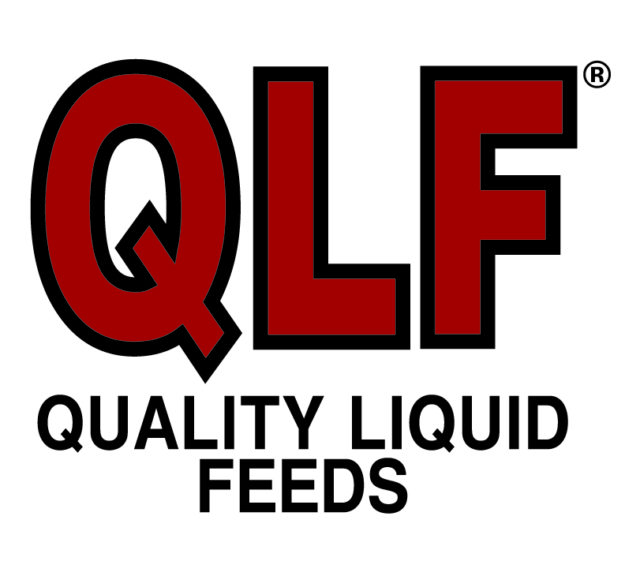A proposal under discussion to change the method of calculating federal milk marketing order (FMMO) minimum prices for Class I (fluid) milk could have a significant impact on producer milk prices, according to John Geuss, dairy consultant from Naples, Florida.
In a previous post, Progressive Dairyman summarized risk management analysis of the proposal from John Newton, Market Intelligence director with the American Farm Bureau Federation (AFBF). Read: Could FMMO Class I price formula changes reduce risk, fluid milk slide?
In his analysis (“Proposed changes to fluid milk pricing, and why farmers need to care”), Newton said the proposal could benefit processors and farmers through reduced price fluctuations and had the potential to stem the tide of declining fluid milk sales.
Currently, the Class I base price is calculated using the “higher of” the advanced Class III or Class IV milk price. A proposal under consideration would set the monthly Class I base price milk at the simple average of the advanced Class III and IV milk prices, plus 74 cents per hundredweight (cwt), according to Newton.
Regional Class I price differentials would be added to the base price, as they are under the current FMMO formula.
Despite declining fluid milk sales, Class I milk remains the second largest milk category (27 percent) within milk marketing order systems (FMMO and California state order), trailing only Class III (43 percent) based on 2016 receipts. Therefore any change in the method of calculating the Class I base price will have a significant impact on the blended producer milk price, Geuss wrote in his blog (“Proposed change to FMMO milk price formulas”).
While the proposal provides risk management protection for fluid milk processors by minimizing price fluctuations, fewer dairy farmers utilize hedging tools, he said. Replacing the “higher-of” formula with a simple average would result in a lower overall milk price they would receive.
Further, Geuss contends the rationale that more processors would be willing to produce fluid milk products if they could accurately hedge the price of milk and minimize price risk, thereby increasing the market for Class I milk, as “folly.”
“Milk consumption is not constrained by processing capacity,” Geuss noted. “The decrease in per capita consumption of fluid milk has been going on for nearly a century. It is influenced primarily by competition from the many other choices in available drinks. Because consumption decreases every year, processing capacity is more an issue of which processing plants should be closed than what new ones should be built. There are no grocery stores in the U.S. that do not carry milk because of a lack of processing capacity.”
Geuss said dairy farmers in the Florida FMMO, with the highest Class I utilization, would see the biggest negative impact on milk prices. Three other orders using the “advanced” pricing system would see significant changes, although the impact would be less.
For the six FMMOs paid on the component system, the change would be seen in a lower producer price differential (PPD), Geuss said. While the change would be minimal for dairy farmers in the Upper Midwest FMMO, with its low Class I utilization, the impact would be greater in areas like the Northeast FMMO, where a significant part of overall milk usage is Class I.
If the proposed Class I pricing formula advances, it could influence a vote on establishment of a FMMO in California, he added. Read the entire blog here. ![]()
Editor's Note: The debate on fluid milk price policy is still unfolding. Stay tuned to progressivedairy.com's This Week in Dairy section for in-depth coverage as the story unfolds.

-
Dave Natzke
- Editor
- Progressive Dairyman
- Email Dave Natzke




